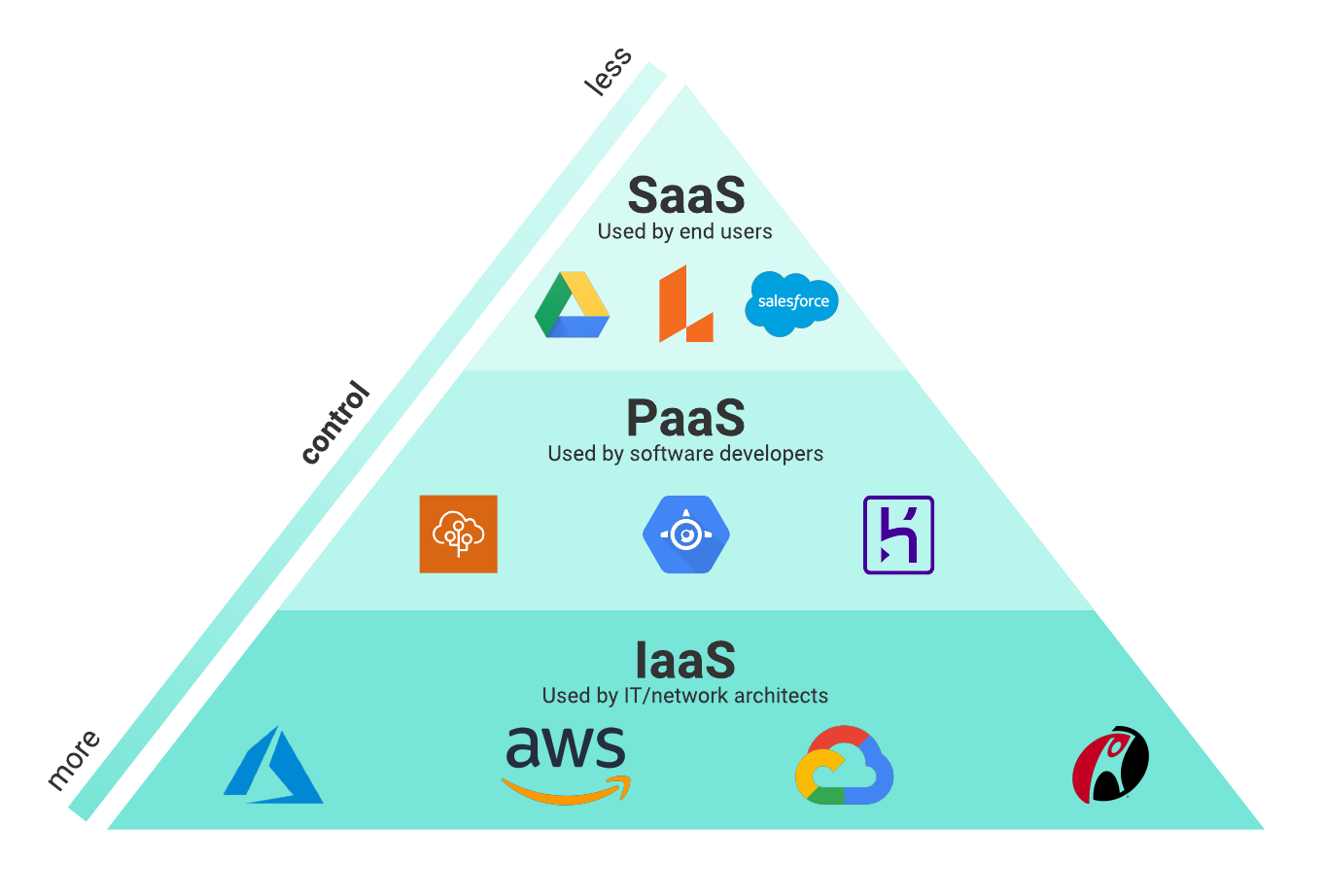Latest Cloud Services Press Release: Technologies and Market Updates
Latest Cloud Services Press Release: Technologies and Market Updates
Blog Article
Achieve Seamless Scalability With Cloud Services
In the ever-evolving landscape of cloud services, accomplishing seamless scalability stands as a foundation for modern-day businesses seeking to remain affordable and adaptable. The mission for seamless scalability with cloud solutions reveals a world of possibilities for those willing to accept the transformative power of dynamic source administration.
Advantages of Cloud Scalability
Cloud scalability uses companies the flexibility to dynamically readjust sources based on need, ensuring ideal performance and expense effectiveness. One key advantage is the ability to scale sources up or down promptly in response to varying work. This dexterity makes it possible for businesses to satisfy transforming customer demands without over-provisioning sources, ultimately leading to cost savings. Scalability also improves performance by making certain that systems can take care of enhanced web traffic or work without experiencing downtime or stagnations. By successfully assigning resources, organizations can keep high degrees of performance throughout peak times without unnecessary expenditures throughout quieter durations. Additionally, cloud scalability promotes innovation and trial and error by permitting services to quickly check originalities and scale them as needed. This adaptability urges a society of continual enhancement and adjustment, enabling organizations to stay affordable in a swiftly progressing market landscape. Eventually, the advantages of cloud scalability extend past expense savings to encompass better performance, agility, and technology.
Key Features for Scaling
Reliable scaling in cloud services relies upon crucial functions that enable organizations to readjust sources dynamically based on need. One vital feature for scaling is flexibility, enabling sources to scale up or down in reaction to rising and fall work. This makes sure that companies can meet efficiency needs without over-provisioning resources. Another crucial function is scalability, making it possible for systems to deal with raised workload by adding sources flawlessly. This function is crucial for suiting growth without jeopardizing efficiency. In addition, automation plays an important function in scaling by automating the provisioning and de-provisioning of sources based upon predefined policies. Automation decreases human treatment, boosts efficiency, and makes sure rapid reaction to changing demands. Tracking and analytics tools are likewise vital for scaling, providing insights right into resource utilization, performance metrics, and potential traffic jams. These tools enable companies to optimize and make educated decisions source allocation for efficient scaling. On the whole, these essential attributes jointly equip companies to accomplish seamless scalability in cloud services.
Applying Auto-Scaling Approaches
To properly optimize resource allocation and adapt to differing work, organizations need to strategically execute auto-scaling techniques in their cloud services facilities. Auto-scaling allows systems to automatically readjust the number of calculate sources based on real-time need. There are different auto-scaling approaches that companies can use, such as anticipating scaling, which uses historic data to anticipate future source requirements, and reactive scaling, which responds to current workload changes.

Finest Practices for Scalability
For companies intending to enhance their scalability in cloud solutions, applying ideal methods is crucial for optimal performance and resource management. One key best technique is creating applications with a microservices design. This technique breaks down applications into smaller, independent services that can be released, upgraded, and scaled separately, permitting for higher flexibility and scalability.
Another vital technique go to these guys is making use of containerization technology, such as Docker or Kubernetes. Containers make it possible for the product packaging of applications and their dependencies right into separated devices, making it easier to scale elements separately and deploy them constantly throughout various settings.
Additionally, carrying out automated implementation and infrastructure as code (IaC) can simplify scalability initiatives (linkdaddy cloud services). Automation devices like Terraform or Ansible assistance in provisioning and taking care of sources effectively, decreasing hands-on errors and allowing fast scalability
Moreover, checking efficiency metrics, establishing up notifies, and carrying out routine capability planning are essential practices to make certain aggressive scalability monitoring. By sticking to these finest methods, organizations can attain smooth scalability in their cloud solutions while optimizing performance and resource use.
Surveillance Efficiency Metrics
When evaluating the efficiency of cloud solutions scalability, very closely checking performance metrics is critical for making sure optimum capability and source appropriation. By continually tracking crucial performance signs (KPIs) such as reaction times, latency, resource, and throughput application, companies can gain useful understandings into the health and efficiency of their cloud framework. Monitoring efficiency metrics enables for the early discovery of possible traffic jams or problems that could impact scalability, enabling proactive measures to be required to resolve them prior to they rise.

Final Thought
In final thought, accomplishing seamless scalability with cloud services is essential for companies to maximize efficiency, enhance innovation, and keep high efficiency levels throughout peak times. By leveraging the advantages of cloud scalability, applying auto-scaling methods, using essential features such as flexibility and automation, and complying with ideal techniques like application design and efficiency surveillance, businesses can efficiently scale their systems while taking full advantage of resource application and efficiency.
The quest for smooth scalability with cloud services introduces a world of possibilities for those ready to accept see this here the transformative power of vibrant resource management.
Cloud scalability supplies organizations the adaptability to dynamically readjust resources based on demand, ensuring optimum efficiency and cost performance. Another crucial feature is scalability, making it possible for systems to manage increased work by adding sources perfectly.For organizations aiming to enhance their scalability in cloud solutions, carrying out best methods is important for optimal performance go to this site and source administration.When evaluating the performance of cloud services scalability, carefully keeping track of performance metrics is essential for making certain optimal performance and source appropriation.
Report this page